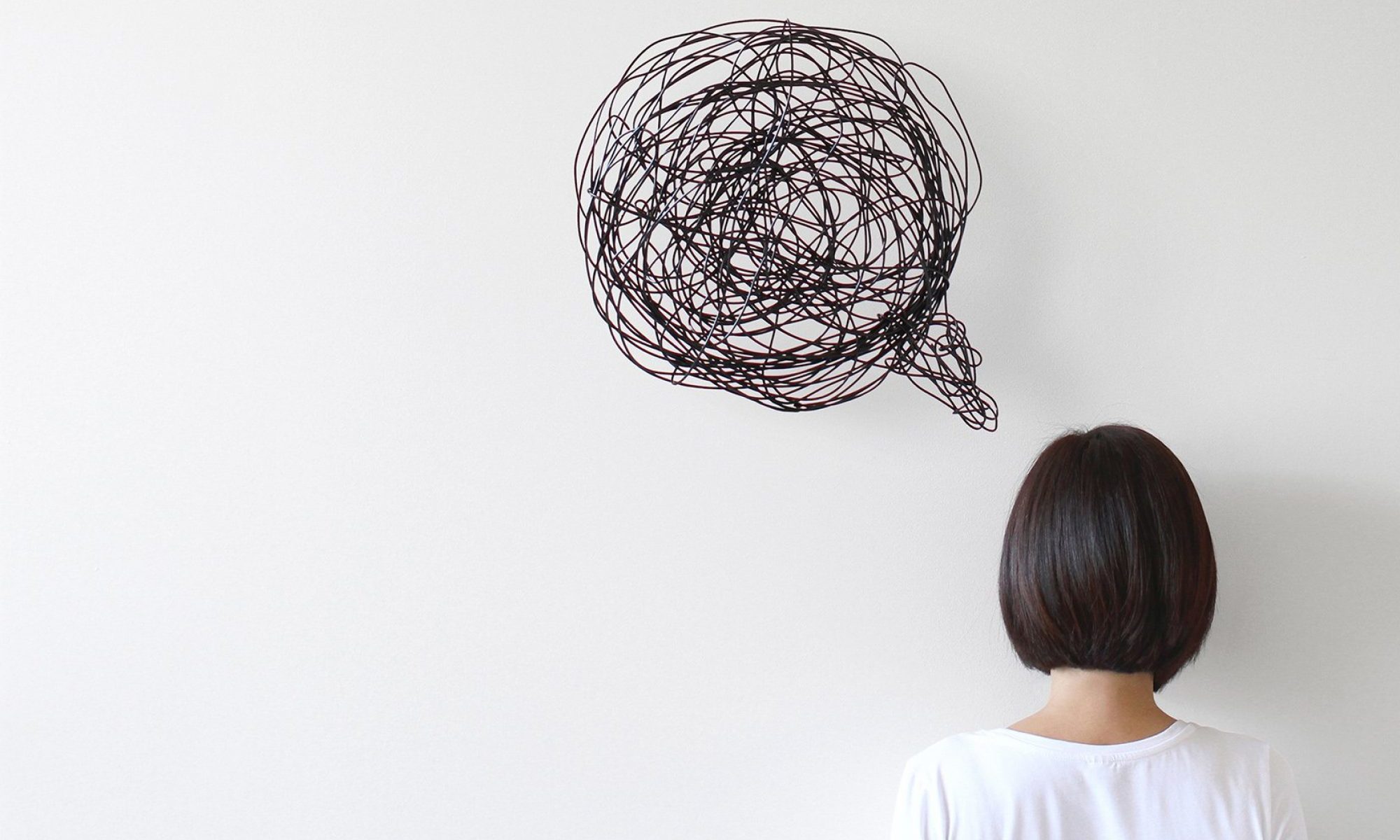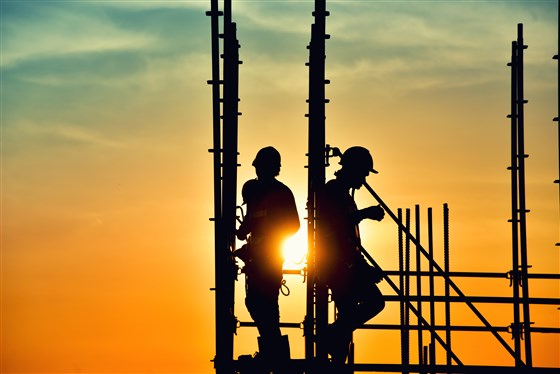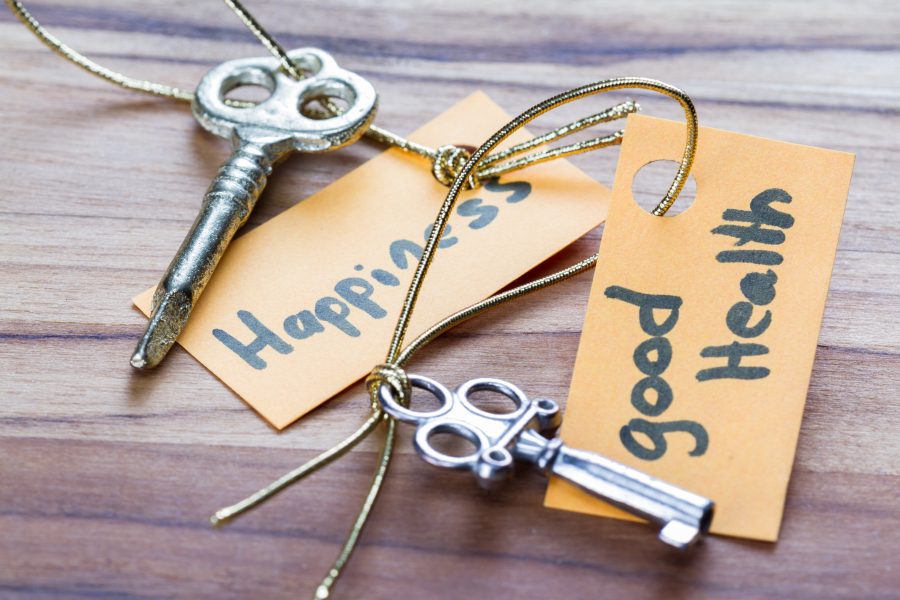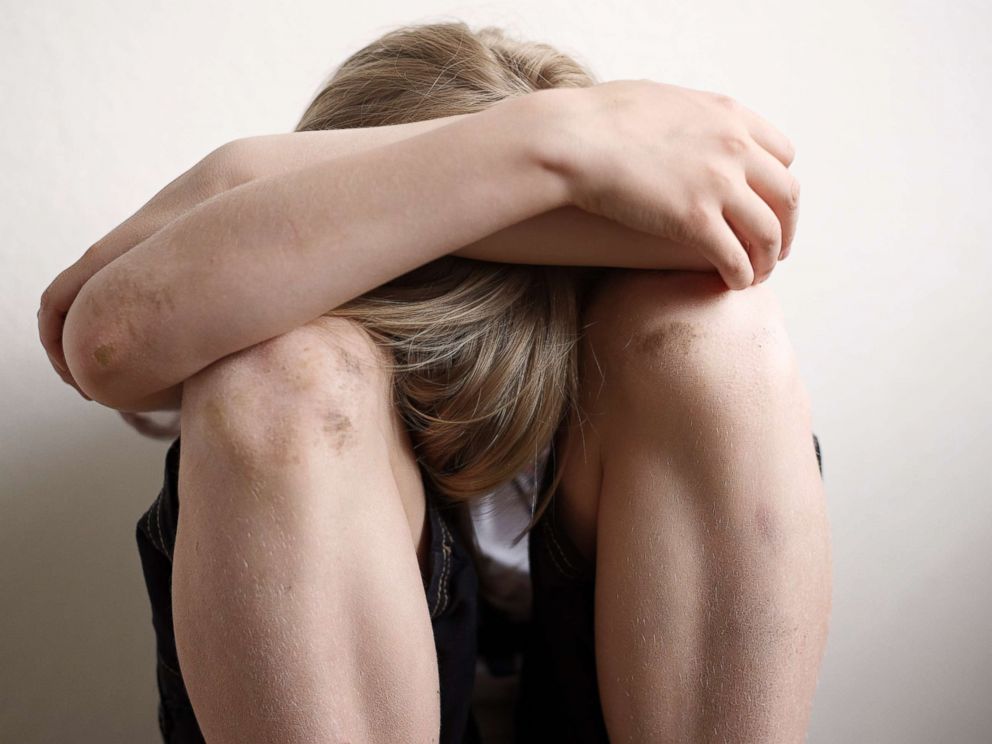As women we face a unique set of factors that make us more susceptible to addiction and substance abuse, and commonly suffer from co-occurring disorders as well. In my journey as a woman in recovery I had to overcome much more than substance abuse. I also suffered trauma, sexual abuse, depression and anxiety. My hope is that sharing my experience with other women will help them to see that they are not alone and if I can overcome these things in my life they can too!
Depression and Anxiety
I can remember having anxiety as young as five years old. I would ring my hands together and was constantly worried about something. I was five years old what could I possibly have to be worried or stressed about? But that is just how anxiety works, there is no rhyme or reason to it. It feels like you are constantly about to fall off a ledge. I also have always been a perfectionist so if I was not the best at something in my eyes I was a failure. This only fuelled my anxiety and depression because I always felt like I was never good enough, or at least that’s what I told myself every day.
My depression was at its worst when I was a little older, and I had my first suicide attempt at 15. I tried self medicating with drugs and alcohol for years, which only led to worse depression and several more suicide attempts because I felt as if there was no other way out from how I was feeling. I just wanted to give up.
My journey in recovery began when I was 34 and my addiction has spiraled out of control. I knew nothing about addiction or that there was another way of life. Through treatment and working a program I have been sober for three years and found healthy ways to deal with my anxiety and depression, and become a happy, strong woman today!
Sexual Abuse and Trauma
When I was 19 years old memories of trauma and sexual abuse from my dad came flood black that I had blocked out for many years… Was I crazy? Was I making it up? Did this actually happen? These memories and questions were just too much for me to process and my drinking took off into full blown alcoholism to numb my pain. I had convinced myself that I was just being dramatic and was making up something that didn’t really happen because it was my dad, and that could not have happened! This was the hardest obstacle in my sobriety to overcome, acknowledging that this did in fact happen and begin to heal. An alarming rate of addicts have also been victims of sexual abuse, but for many the shame of it keeps them from speaking up.
Through therapy with a psychiatrist I was able to resurface some of those painful memories of the abuse from the ages of five to fifteen. I opened up to my mom when I was 25 about the abuse and she was hurt and angry. I still had to see my dad at family functions several times a year but did not tell anyone besides my mom what had happened to me. One day I had enough of being a victim of sexual abuse and finally stood up for myself and spoke my truth. I told my dad that I knew what he did to me when I was younger. Of course denied it which just fuelled my insecurities about if it did actually happen.
The most difficult and empowering day came when I was in a treatment center doing work with the owner in front of about 100 of the other patients. He asked me if I had ever dealt with the sexual abuse from my dad and instantly the tears started rolling down my face. Over the next hour everything came flooding out of me, and I was able to scream all of the things I wanted to say to my dad about what he did. The most amazing part was after it was over everyone that was also sexually abused raised their hands. Over ninety percent of the room raised their hands, I finally knew I was not alone. That day I went a victim of sexual abuse, to a survivor.
No matter what we have gone through we are not alone! There is a healthy, and happy life in recovery just waiting for us! You are stronger than you think you are, and don’t ever let anyone tell you differently! As women in recovery is important that we treat our minds, body, and spirit.Then we can begin on the road to healing, recovery, and transformation of our lives.
Crystal Hampton is a 37 year old avid writer from South Florida. She loves snuggling with her teacup yorkie Gator and boyfriend Adam. She works for a digital marketing company that advocates spreading awareness on the disease of addiction. Her passion in life is to help others by sharing her experience, strength, and hope.
https://paducahrehab.com/
https://nashvilleoutpatientrehab.com/










